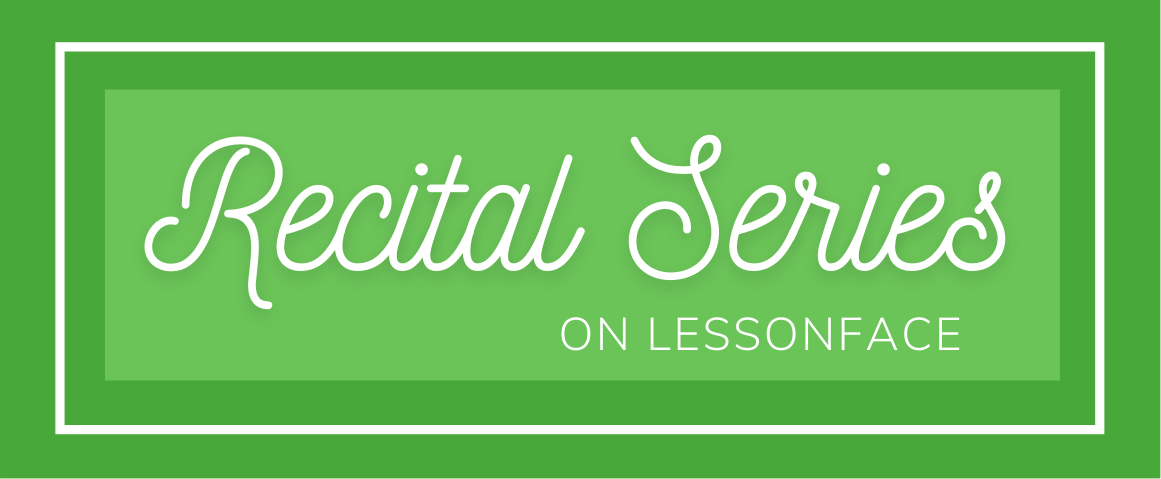Congratulations! You've purchased/been gifted/stole from a flea market your very own ukulele! And now, in your hands, you hold (in my humble opinion) the most accessible entry into the world of learning songs you know, performing at local open mics, serenading your family/friends/pets, and making music unapologetically for your own joy.
So now what? How do I start this?
In this post I'll go over a few important first steps to making sure your uke experience brings you exactly what you want and need. If you have other ideas, I'd love it if you shared as well, because it's not unheard of that I miss something important.
1. Know your tuning, and learn how to tune it.
Did you know that ukuleles come in a variety of sizes? From smallest to largest, the standard 4 sizes are soprano, concert, tenor, and baritone. In my world of teaching, soprano and concert sizes are the ones I see most often.
If you have a soprano, concert, or tenor size ukulele, your tuning is GCEA. These are the letter names of the notes the strings play, from top to bottom in playing position. Out of the box, most of the time the G will sound higher than the C. There are a few reasons for this - one is to make C the lowest note. Another is that a lot of uke players prefer the "tighter" sound that this voicing offers. Some players like the G sounding lower (including myself), and there are strings designed for that.
If you have a baritone ukulele, your tuning is DGBE. This is the same as the bottom 4 strings of a guitar, which is one reason I was originally drawn to the baritone size. The D string, unlike the top of most GCEA instruments, is usually the lowest sounding string.
I highly recommend using a clip-on tuner to tune your ukulele. In the beginning of owning it, or if you've just changed strings, you should tune your instrument every time you play, and sometimes during your practice session if things start sounding a little sour. Fresh strings will stretch out fast. After awhile you won't need to make as many adjustments.
Last tuning tip: When you tune, if you went too far and need to lower the pitch, make it a little lower than necessary and then tighten it to make it higher. For tension reasons you always want to end by tightening.
2. Playing position
Bodies are different, people are different, what is comfortable is different for everyone. The first priority is to keep the body of your instrument stable.
Your strumming hand (right hand for most) is going to hold the body of your instrument in place, unless you have a neck strap. Keep the instrument flat against your body and think of your arm as a seatbelt that straps the uke in. Your fingers do not have to hit the string right where the sound hole is. My arms are a bit on the long side, and I hit the strings a little bit up the fretboard.
Your chord hand (left hand for most) should have the freedom to move up and down the fretboard. This means you shouldn't have to feel like you're gripping the instrument with your chord hand. Think of your thumb as an "anchor" to the back of the fretboad when you press the strings down - This will actually help your other fingers not need to press so hard.
3. What stuff do I learn and how do I find it?
This is where we can get personal. This is your journey and you can learn what you want! Here are some ideas.
Easy chords: A lot of players begin with C, am, F, and G/G7 as their first chords. (For baritone tuning, you'd probably start with G, em, C and D/D7.) From there, there are 1 million videos on YouTube that have those songs. Search terms like "ukulele songs C am G" or whatever specific chord combination you would like. Ukulele Youtubers often have song sheets available and will teach multiple techniques within a video. This is also a great opportunity to learn what you like in a teacher because everyone's teaching style is unique.
Let's talk about how to read a chord chart.

Turn your ukulele toward you like you're looking into its eyes. On the chart, the vertical lines are your strings. The horizontal lines are your fret wires. The top border line is the nut, where the sound starts on an open string.
To play a C chord, you'll press down where the dot shows. This would be the A string, in the third fret (the space between the strings). Press it firmly. The line on the fretboard shortens the string length to change the pitch of the note.
Strumming patterns: Common beginning strumming patterns include D DU (strumming down, down-up), or D DU UDU (Island strum). Again, there are tons of great ukulele lessons in the YouTube sphere and your uke teacher here on Lessonface can help you practice them in real time.
I hope you've found these ideas helpful as a beginner! If you're an experienced player, please let me know if there are any other steps I've missed. I'm attaching a song sheet of "This Land Is Your Land," a very beginner friendly song to get you started. Good luck and happy strumming!
Stephanie





Wonderful post, Stephanie.
You are a very skilled and clear writer :)